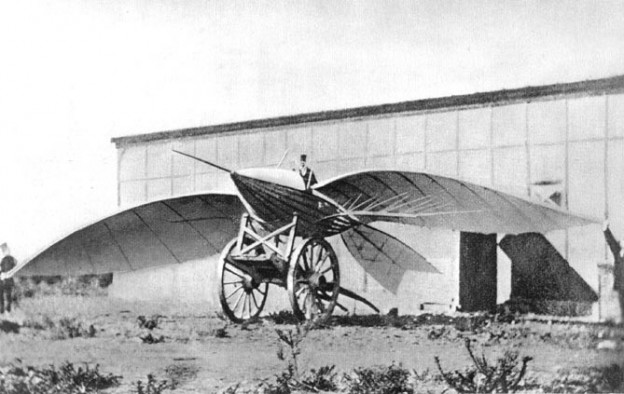
“I hit the television and it started working. Let me hit the toaster. That might work too.”
“We set up an online store for our range of jewelry, and it started selling well. Can we do the same for apparel?”
Analogies play a bigger role in our thought process than we give them credit for. Anytime we’re faced with unprecedented situations we look for solutions by running to an unrelated experience we’ve had in the past. We may do this overtly, but most of the times it’s a hidden process. We don’t actively know the fact that we’re drawing analogies with a past situation.
Well, many masters say that being actively aware of our thought process can help us harness the power of analogy, and it can also help us avoid the traps that poor analogies may lead us into.
So, what is an analogy?
According to Douglas Hoftstadter, an analogy is – “Perception of common essence between two things.” Hofstadter goes on to say that analogies happen inside our head. It is the connections we make between two mental representations that we project on the outside world.
We compare the essence of one situation/person/place to another, and that is how analogies help us connect the dots to make meaning of our world.
How can it help decision makers and creative thinkers at work?
Analogies for Creative Thinking
Analogies have the power to facilitate creative thought. You take one concept and project it to another, and so forth. This helps us think more fluidly, which in turn leads to newer ways of looking at things.
In this video, Douglas Hofstadter (the author of Gödel, Escher, Bach) describes what analogies are, and how they can facilitate creative thought:
(The introductions are lengthy. You can watch the video from 13 minutes onward.)
Example of a creative analogy: http://www.copyblogger.com/sesame-street-blogger/ The author of this post uses Sesame Street to draw lessons for breakthrough blogging.
Analogies for Reasoning and Strategic Thinking
Although Hofstadter doesn’t really associate “reasoning” with analogies, many management gurus propose that analogies do play a big role in the way decision makers and strategists operate. When we are faced with incomplete information, and unpredictable situations we make use of examples that we feel are similar to the problem at hand.
For example, in the learning design space, companies often follow the analogy of IT companies for project management and development models.
At Design Storm, we sometimes use the analogy of an advertising campaign to receive the brief of a problem – convert the brief to a design idea – start the creative process – promote the creative output to generate a pull with the learners.
Sometimes we also use the analogy of marketers to measure the success of our courses. Our blog-post brought out one such analogy in comparing Amazon’s marketing success criteria to online learning: http://www.designstorm.in/thoughtstorm/think-like-the-marketers/
When faced with more complex situations, such as a company trying to expand into newer markets, or setting up a facility at a new location, people often look for analogous situations that will help them prepare. This Harvard Business Review article brings out several examples of how strategists have leveraged analogies in the past to solve novel problems: http://www.dis.uia.mx/profesores/juanfdonoso/Sites/fall2010/dint8/descargas/How_strategists.pdf
While analogies are a great tool, they can also be extremely misleading. A, now hilarious, example is our first attempts to fly. We used the analogies of birds to learn to fly, and it failed us miserably:
Why did these people fail so miserably? Although they drew an analogy, they never paid attention to a lot of details.
How can we avoid the pitfalls of an erroneous analogy?
We can use analogies more fruitfully by:
- Becoming aware of our thought process, and recognizing the fact that we’re using analogies to resolve a particular issue. That would be half the battle won.
- Analyzing the source of the analogy deeply, and understanding the key reasons behind why things worked in a particular situation.
- Analyzing the differences from the source of analogy. This should help us know whether the situation we are handling is fundamentally the same, or radically different from the analogy we’re drawing. (This is what the winged flyers of the past missed.)
- Not following the analogy blindly. Using other methods like deductive reasoning to arrive at conclusions.
Design Storm runs an intensive one day program designed specifically to help senior management learn to use analogies for good decision making. For more information about the program, please contact us.
